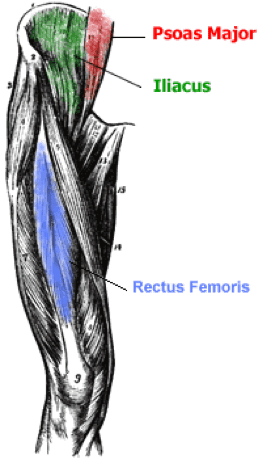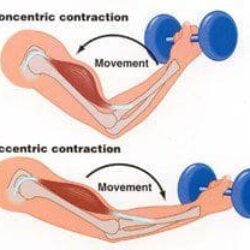Hip Flexor Strains: What you’ve been missing!
By: Kyle Ertel

Many athletes suffer from tightness or discomfort in their hip flexors. The most common prescription given by sport coaches is that more stretching needs to be done to “loosen up” this tightness. However, when the body senses instability or weakness, this can often be perceived as tightness. Combine this weakness with inhibited or stretched out hip flexors and you have a precursor for an injury. Instead of stretching out already weak hip flexors, the solution might be to try and activate or strengthen them.
The hip flexors, primarily made up of the Rectus Femoris, Psoas Major and Iliacus muscles, are responsible for moving the knee towards the chest during activity and are particularly active when sprinting or kicking.
A hip flexor strain is an injury characterized by tearing of one or more of the hip flexor muscles and typically causes pain in the front of the hip or groin. This most commonly occurs due to a sudden contraction of the hip flexor muscles during an explosive acceleration or when performing a kick, particularly following an inadequate warm-up. Occasionally, athletes may develop this condition gradually do to repetitive or prolonged strain on the hip flexor muscles.

Student athletes and individuals who spend hours in a seated position are at a high risk for hip flexor injuries. When seated, the hip flexors are in a shortened state causing the muscle fibers to tighten. This can cause the pelvis to tilt forwards, leading to the trunk flexing in a condition known as anterior pelvic tilt. As the hip flexors get tighter and tighter, causing a more severe anterior tilt, excessive stress is also put upon the muscles of the lower back. This can lead to back conditions such as sciatica.
It is important that the hip flexor muscles are strengthened and put through a full range of motion to increase athletic performance but also to reduce the likelihood for injury or chronic conditions.


